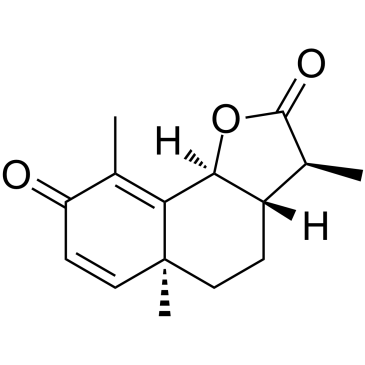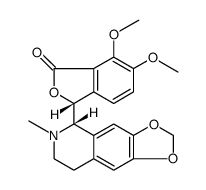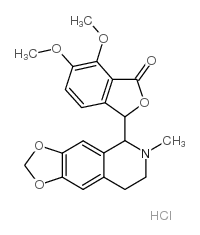| Structure | Name/CAS No. | Articles |
|---|---|---|
 |
Alpha-Santonin
CAS:481-06-1 |
|
 |
(+)-BETA-HYDRASTINE
CAS:29617-43-4 |
|
 |
(+)-B-HYDRASTINE HCL
CAS:5936-28-7 |